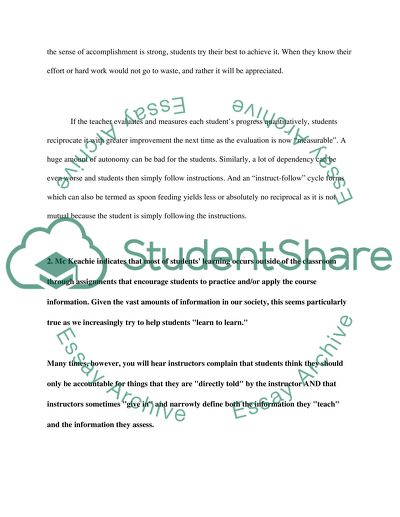Cite this document
(The Importance of Setting Course Goals and Learning Objectives Assignment, n.d.)
The Importance of Setting Course Goals and Learning Objectives Assignment. Retrieved from https://studentshare.org/education/1567997-sitting-course-goals-and-learning-objectives
The Importance of Setting Course Goals and Learning Objectives Assignment. Retrieved from https://studentshare.org/education/1567997-sitting-course-goals-and-learning-objectives
(The Importance of Setting Course Goals and Learning Objectives Assignment)
The Importance of Setting Course Goals and Learning Objectives Assignment. https://studentshare.org/education/1567997-sitting-course-goals-and-learning-objectives.
The Importance of Setting Course Goals and Learning Objectives Assignment. https://studentshare.org/education/1567997-sitting-course-goals-and-learning-objectives.
“The Importance of Setting Course Goals and Learning Objectives Assignment”, n.d. https://studentshare.org/education/1567997-sitting-course-goals-and-learning-objectives.


